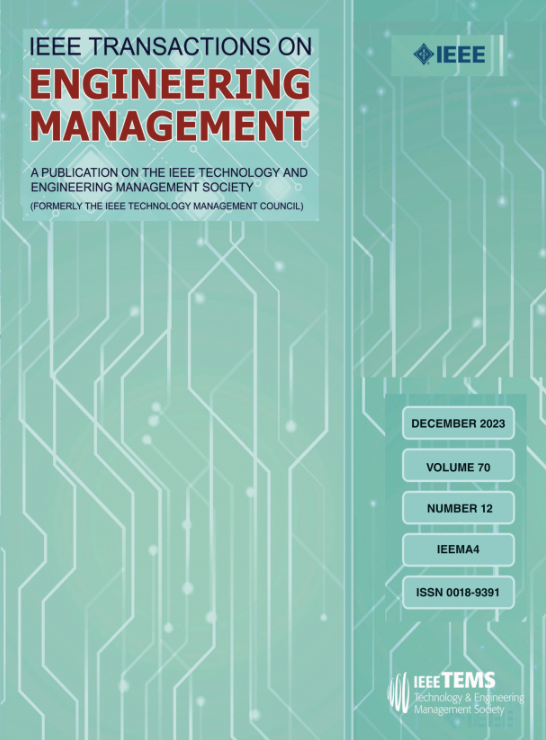相互关联项目的组合场景
IF 4.6
3区 管理学
Q1 BUSINESS
引用次数: 0
摘要
大多数关于相互关联项目组合选择的论文采用混合整数规划优化、数据包络分析和启发式,以及其他一些方法。尽管优化模型确实允许用户通过敏感性分析找到最优的和其他的解决方案,但是由于定量和定性标准的结合,它们倾向于排除可能更理想的投资组合。出于所有实际目的,这些方法并没有考虑可能的投资组合的整个集合,这些组合可能是或被认为是很大的。这些可能的投资组合由两组组成:由于项目之间的相互排斥关系而不可行的组合和可行的组合。我们在本文中的重点是确定所有可行的投资组合,以便结果集不包括任何包含具有互斥关系的项目的投资组合。我们部署了一个兼容矩阵,它包含了复杂的相互作用和项目相互排斥或相互补充的程度。然后,我们生成一个完整且包含项目组合场景的集合,其中没有单个组合包含互斥的项目。结果集通常具有可管理的项目组合数量。然后,我们分析项目交互的完整范围,一端是互斥性,另一端是完全互补性,中间是项目独立性。我们看似简单的方法可以单独使用,也可以与几乎任何现有方法结合使用。本文描述了我们创新的概念框架,我们相信这将对管理实践产生广泛的影响。本文章由计算机程序翻译,如有差异,请以英文原文为准。
Portfolio Scenarios for Interrelated Projects
Most papers on the selection of portfolios of interrelated projects employ mixed-integer programming optimization, data envelopment analysis, and heuristics, along with a few other methods. Although optimizing models do allow the user to find both the optimal and other solutions through sensitivity analysis, they tend to exclude portfolios that might be more desirable because of a combination of quantitative and qualitative criteria. For all practical purposes, these methods do not consider the entire set of possible portfolios, which could be or is assumed to be large. These possible portfolios consist of two groups: those that are not feasible because of mutually exclusive relationships between projects and those that are feasible. Our focus in this article is to identify all feasible portfolios such that the resulting set does not include any portfolio that contains projects with mutually exclusive relationships. We deploy a compatibility matrix that incorporates both the complex interactions and the extent to which projects are mutually exclusive or mutually complementary. We then generate a complete and inclusive set of project portfolio scenarios in which no single portfolio contains mutually exclusive projects. The resulting set generally has a manageable number of project portfolios. We then analyze the complete spectrum of project interactions with mutual exclusivity at one end, complete complementarity at the other, and project independence at the midpoint. Our deceptively simple method can stand alone or be used in conjunction with almost any of the existing methods. This article describes our innovative conceptual framework, which we believe could exert broad influence over managerial practice.
求助全文
通过发布文献求助,成功后即可免费获取论文全文。
去求助
来源期刊

IEEE Transactions on Engineering Management
管理科学-工程:工业
CiteScore
10.30
自引率
19.00%
发文量
604
审稿时长
5.3 months
期刊介绍:
Management of technical functions such as research, development, and engineering in industry, government, university, and other settings. Emphasis is on studies carried on within an organization to help in decision making or policy formation for RD&E.
 求助内容:
求助内容: 应助结果提醒方式:
应助结果提醒方式:


